Roofing Contractors Littleton CO
March 4, 2021
With more than thre decades of proven success in quality roofing services,ARCM Roofing is a family-owned company &operated business serving.
Read MoreColorados #1 Residential & Commerecial Roofing Company
**1. History and Development of Civil Engineering:**
– Civil engineering is a professional discipline dealing with the design, construction, and maintenance of physical and naturally built environments.
– It includes public works like roads, bridges, dams, airports, sewage systems, and railways.
– Civil engineering is one of the oldest engineering disciplines, dating back to ancient times.
– The field is divided into various sub-disciplines and plays a crucial role in societal development.
– Civil engineering traces back to ancient civilizations like Egypt, the Indus Valley, and Mesopotamia.
– Notable ancient civil engineering projects include the pyramids in Egypt and the Great Wall of China.
– The term ‘civil engineering’ emerged in the 18th century to differentiate from military engineering.
**2. Education and Professional Certification in Civil Engineering:**
– Civil engineers typically hold academic degrees in civil engineering.
– The degree usually takes three to five years to complete.
– Curriculum includes physics, mathematics, project management, and specialized civil engineering topics.
– In most countries, a bachelor’s degree in engineering is the first step towards professional certification.
– Engineers need to fulfill requirements like work experience and exams to be certified.
– Completion of the degree leads to a Bachelor of Technology or Bachelor of Engineering designation.
– Upon certification, engineers are designated as professional engineers, chartered engineers, chartered professional engineers, or European engineers.
**3. Sub-disciplines and Specializations in Civil Engineering:**
– General civil engineers work with surveyors and specialized civil engineers on various projects.
– Civil engineers apply principles of geotechnical, structural, environmental, transportation, and construction engineering.
– Site engineering focuses on converting land use.
– Coastal engineering manages coastal areas focusing on defense against flooding and erosion.
– Construction engineering involves planning, execution, and transportation of materials.
– Earthquake engineering designs structures to withstand earthquake exposures.
– Site development and planning focus on the planning and development potential of a site.
– Structural engineering is concerned with structural design and analysis of various structures.
– Surveying involves measuring dimensions on or near the Earth’s surface.
– Transportation engineering focuses on moving people and goods efficiently and safely.
**4. Civil Engineering Systems and Project Management:**
– Civil engineering systems discipline uses systems thinking to manage complexity and change in civil engineering.
– It requires a holistic understanding of project factors and emphasizes attention to technical detail.
– Civil engineering systems integrate the project life cycle from conception to decommissioning.
**5. Regulations, Ethics, and Further Resources in Civil Engineering:**
– Regulations and ethics in civil engineering are governed by bodies like the National Society of Professional Engineers and the Engineers Act.
– Further reading materials include books on structural engineering, civil engineering handbooks, and resources on rethinking infrastructure.
– Key figures in civil engineering include Henry Thomas Colebrook, Peter Murray, L. Mays, William C. Oakes, and Nora Stanton Blatch Barney.
March 4, 2021
March 4, 2021







Recent Comments